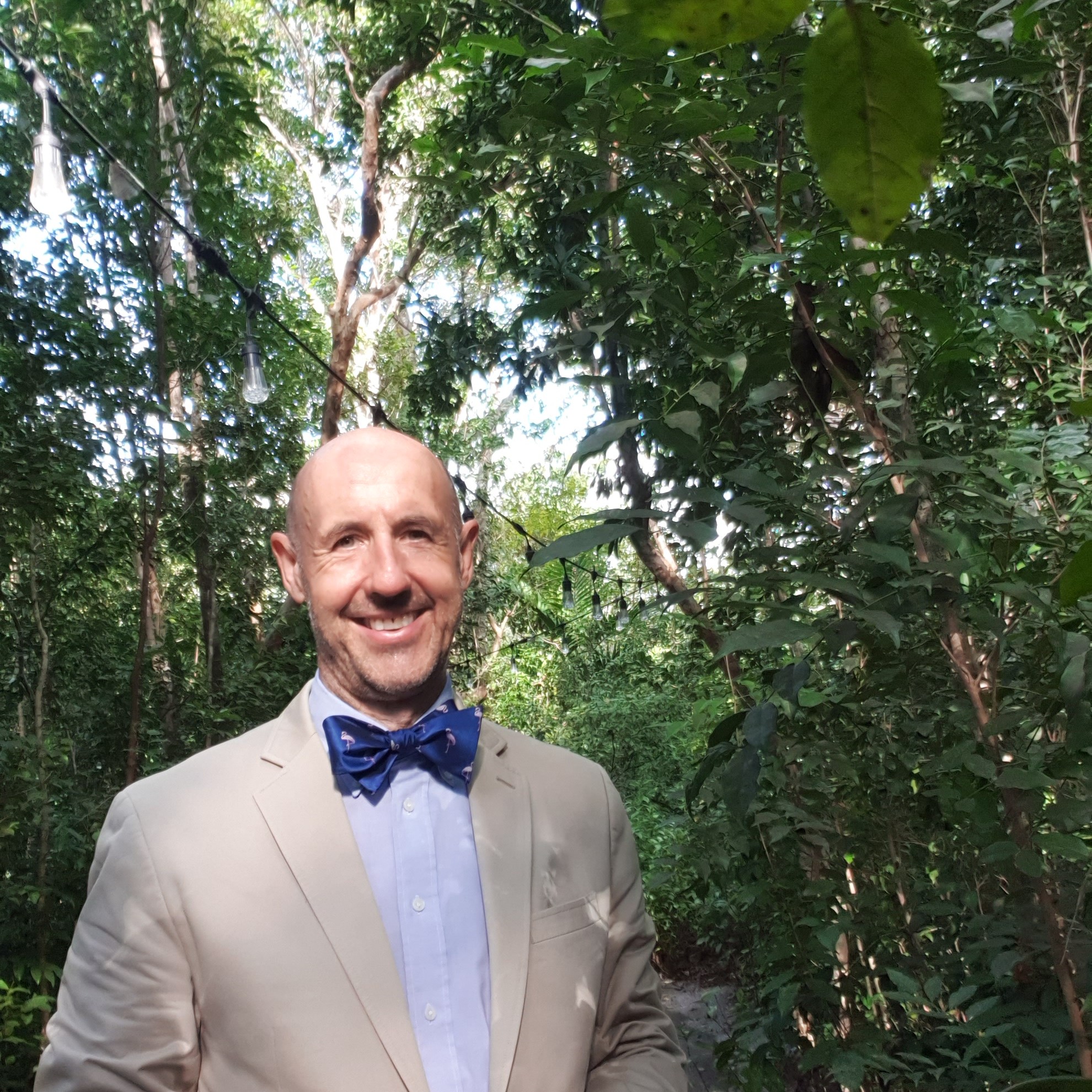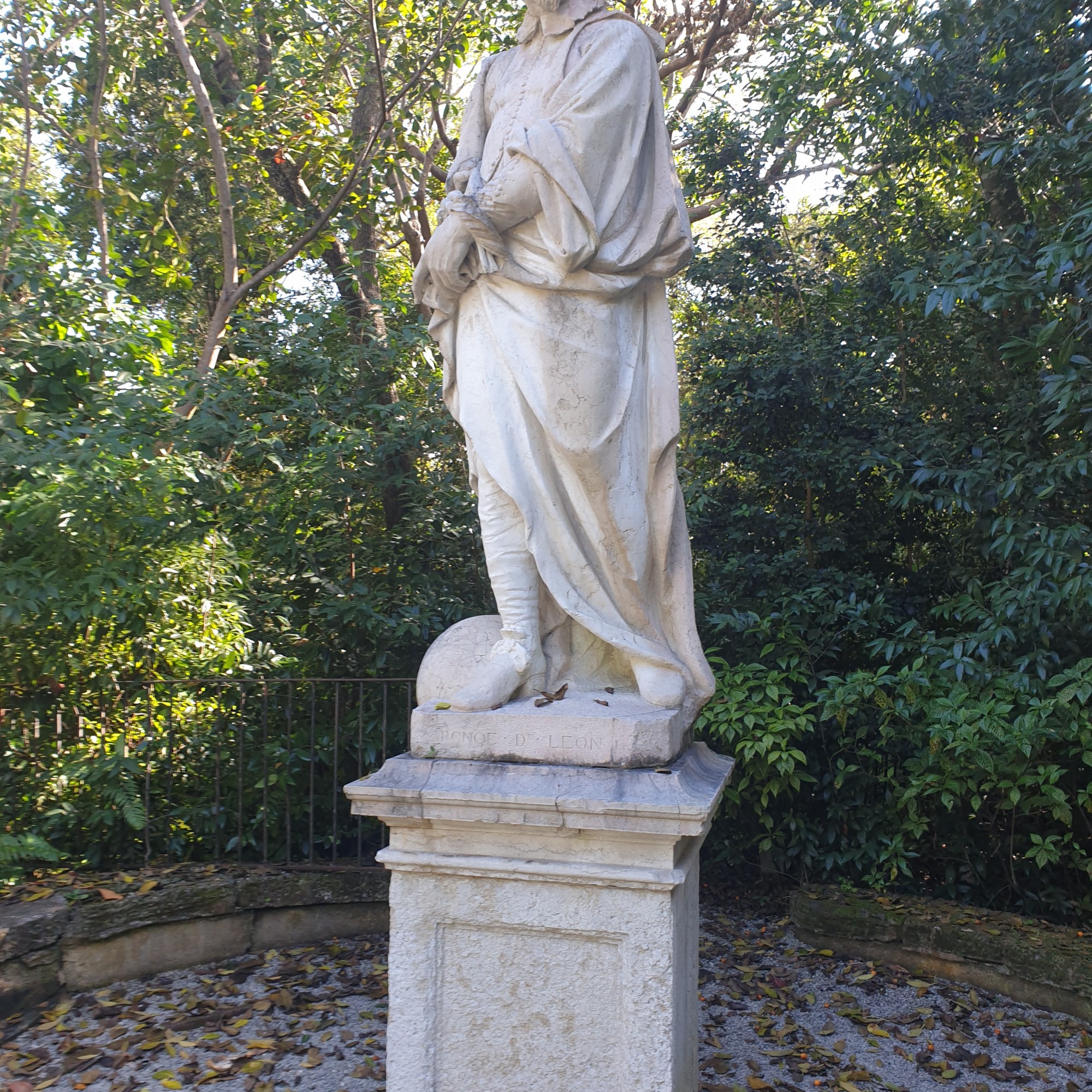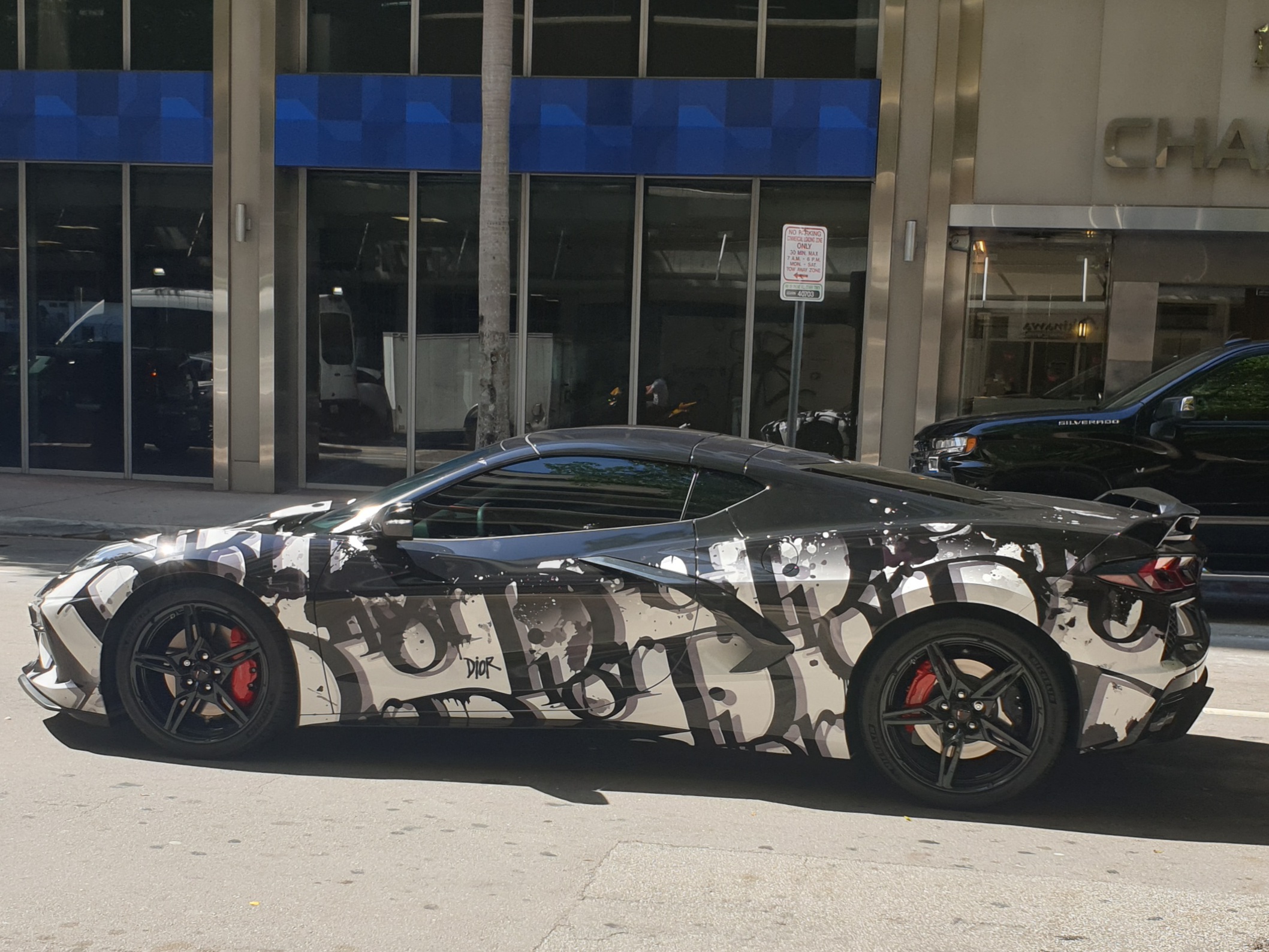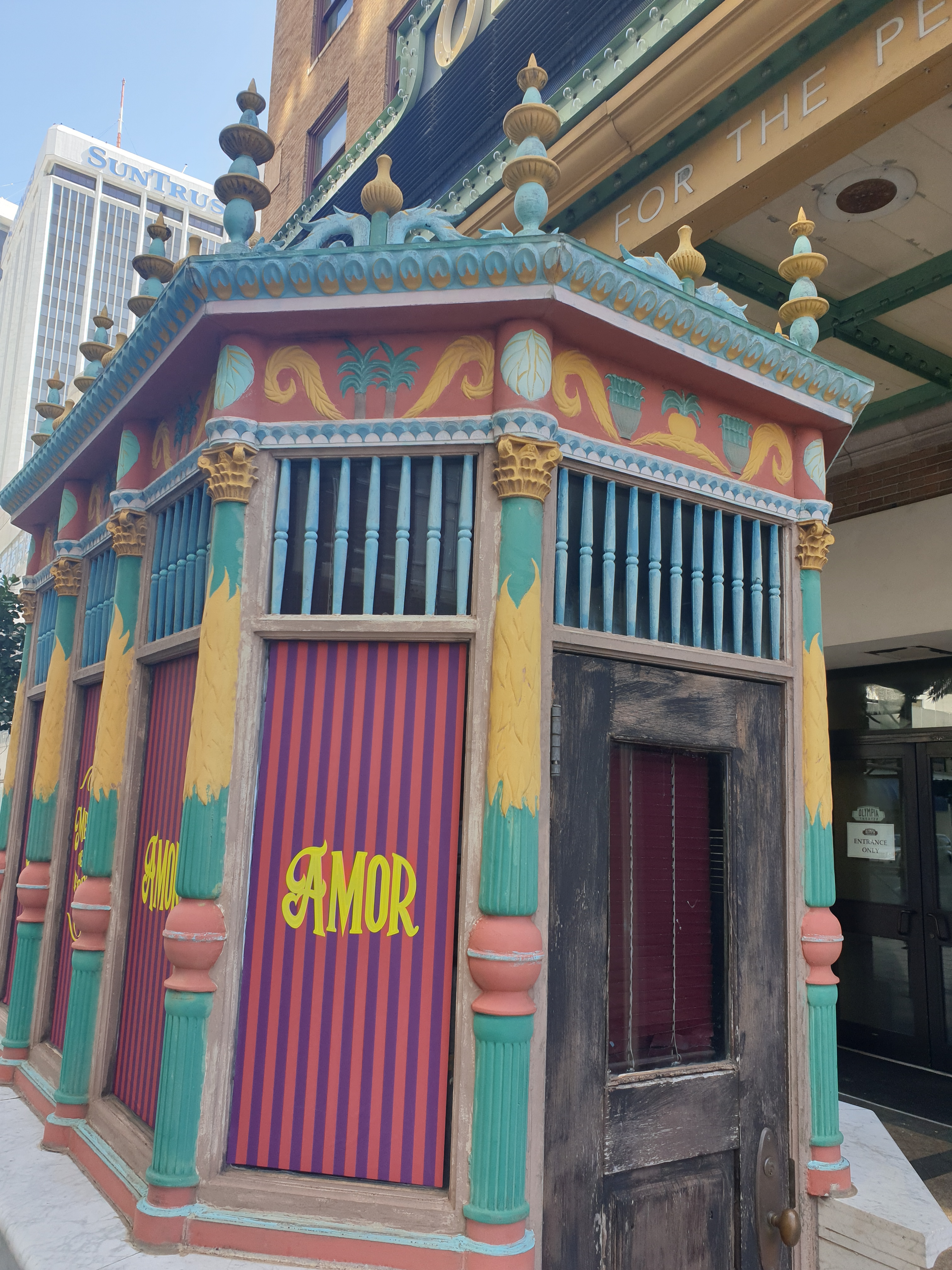The phenomenon of old mansions becoming museums is not a new one. A rich sod builds an incredible mansion and at some point, subsequent generations cannot afford the massive maintenance required and taxes imposed, so they sell it to a foundation or to the government who -if it is good enough- turn it into a museum, or the family turns it into a private museum and on top of that rent it for events, etc. This is the case of the Vizcaya Museum and Gardens in Miami. What is rare in this case is that there are very few historic homes in Florida. Rich folks like to hang out together so they can talk about their toys, so Newport Rhode Island, or New York’s Upper East Side or the North Shore of Long Island, remember The Great Gatsby? has a higher concentration of mansions or palazzos, as the Italians call them- than all of Florida put together. There are a number of reasons for this: First, the so called “robber barons” built their fortunes -and consequently their extravagant homes- in the 19th Century, but Southern Florida did not get a railroad until the 1920s. So you could say Florida missed the train. Other factors are the terrible weather, hurricanes, and humidity which would discourage most people from building down here.
An adventurous visionary was James Deering, heir to the International Harvester fortune who purchased a massive plot in Coconut Grove, South of Miami. Together with his artist/designer friend Paul Chalfin they traveled through Europe and Egypt buying everything they liked, and then built Villa Vizcaya to house everything.
As you can see from the photos: the building is in the Renaissance style with a large patio and gorgeous rooms. The gardens are spectacular, with grottos, formal gardens with local flora, etc. While there is no one particular item that makes you say wow, the aggregate is beautifully integrated. Probably due to the disgusting humidity in Florida, you will not find any master level painting. But there are plenty of nice sculptures, tapestries, furniture, and other decorative arts.
So, all in all, a wonderful, highly recommended visit.




























